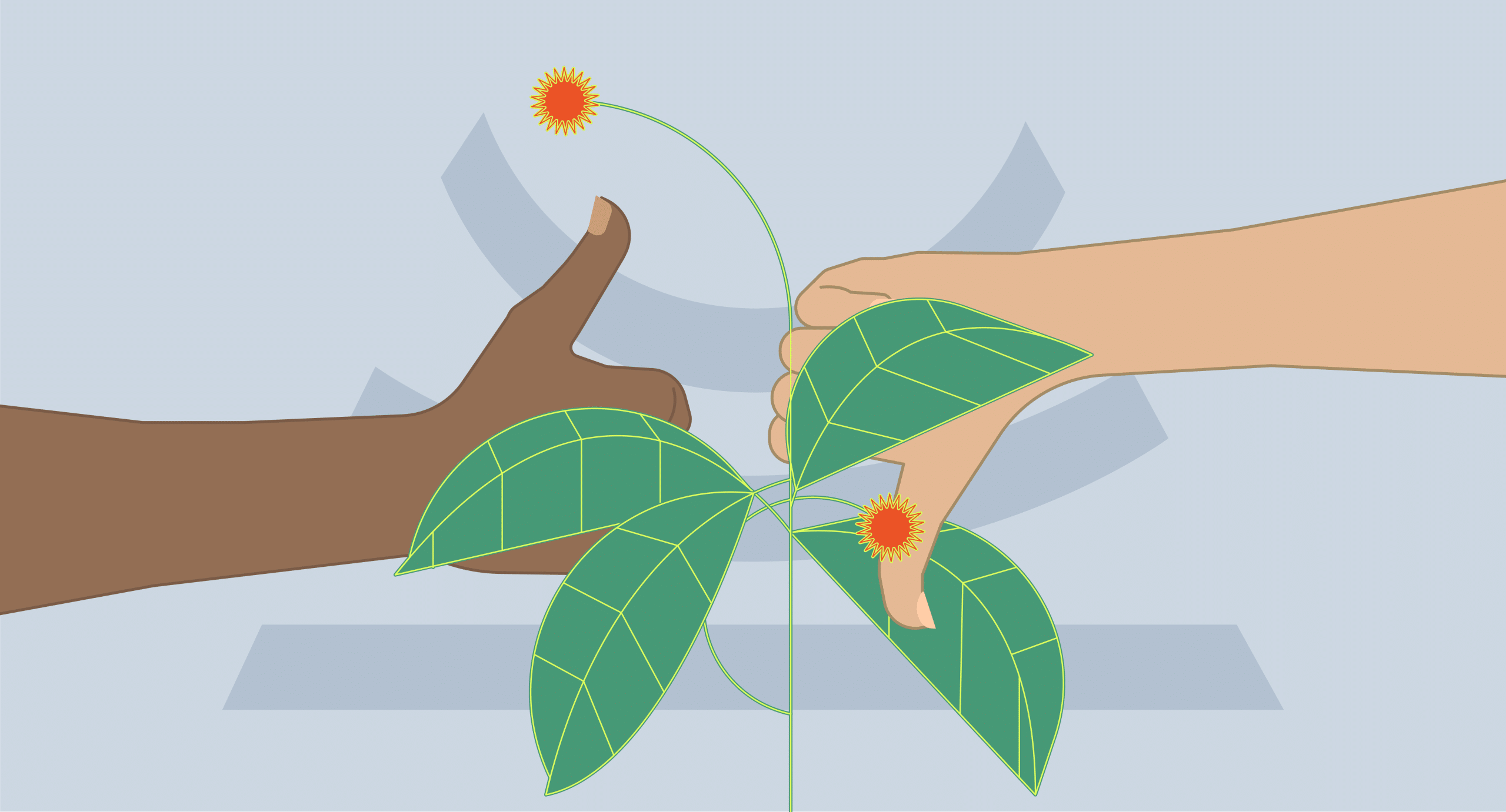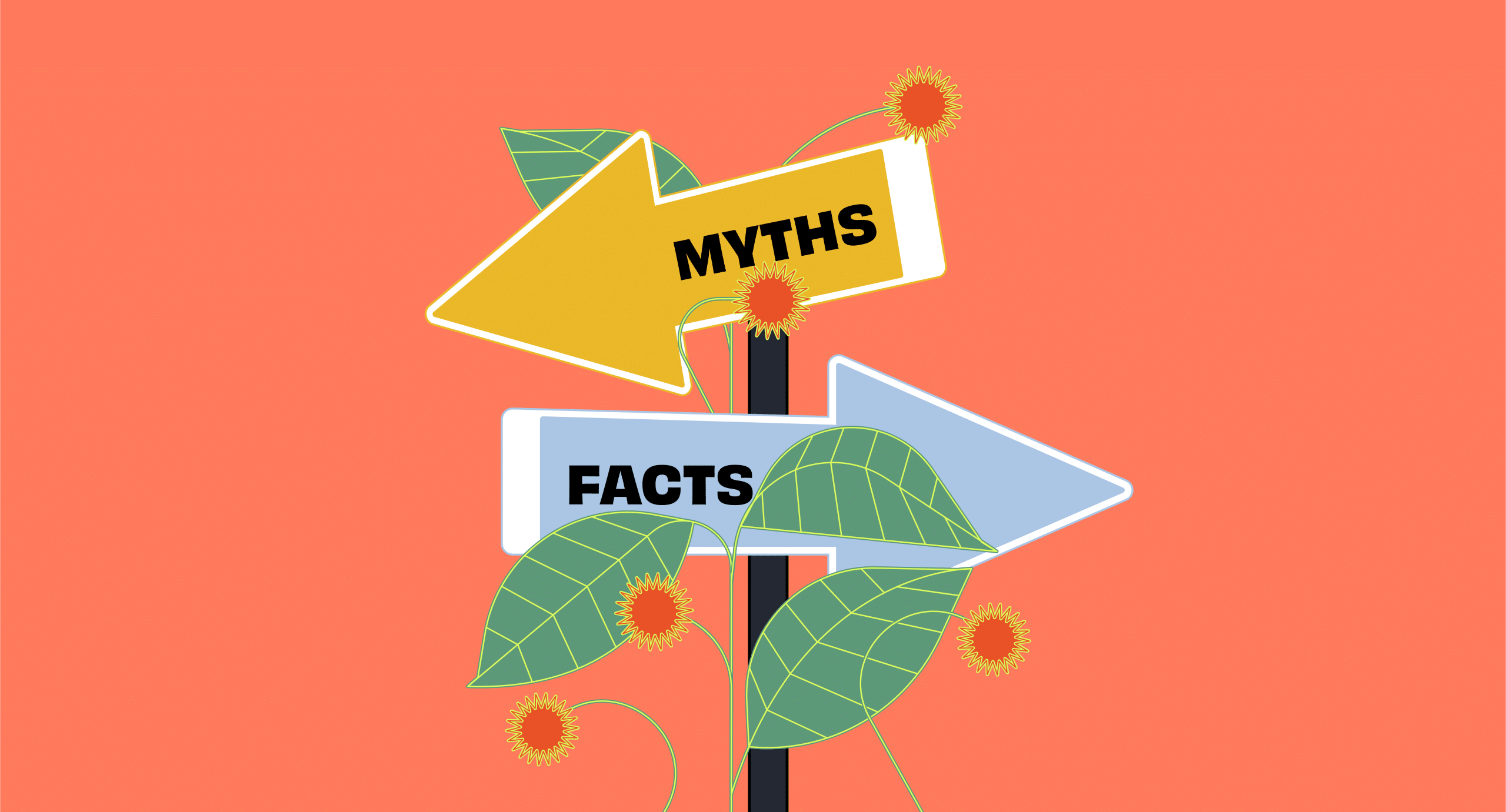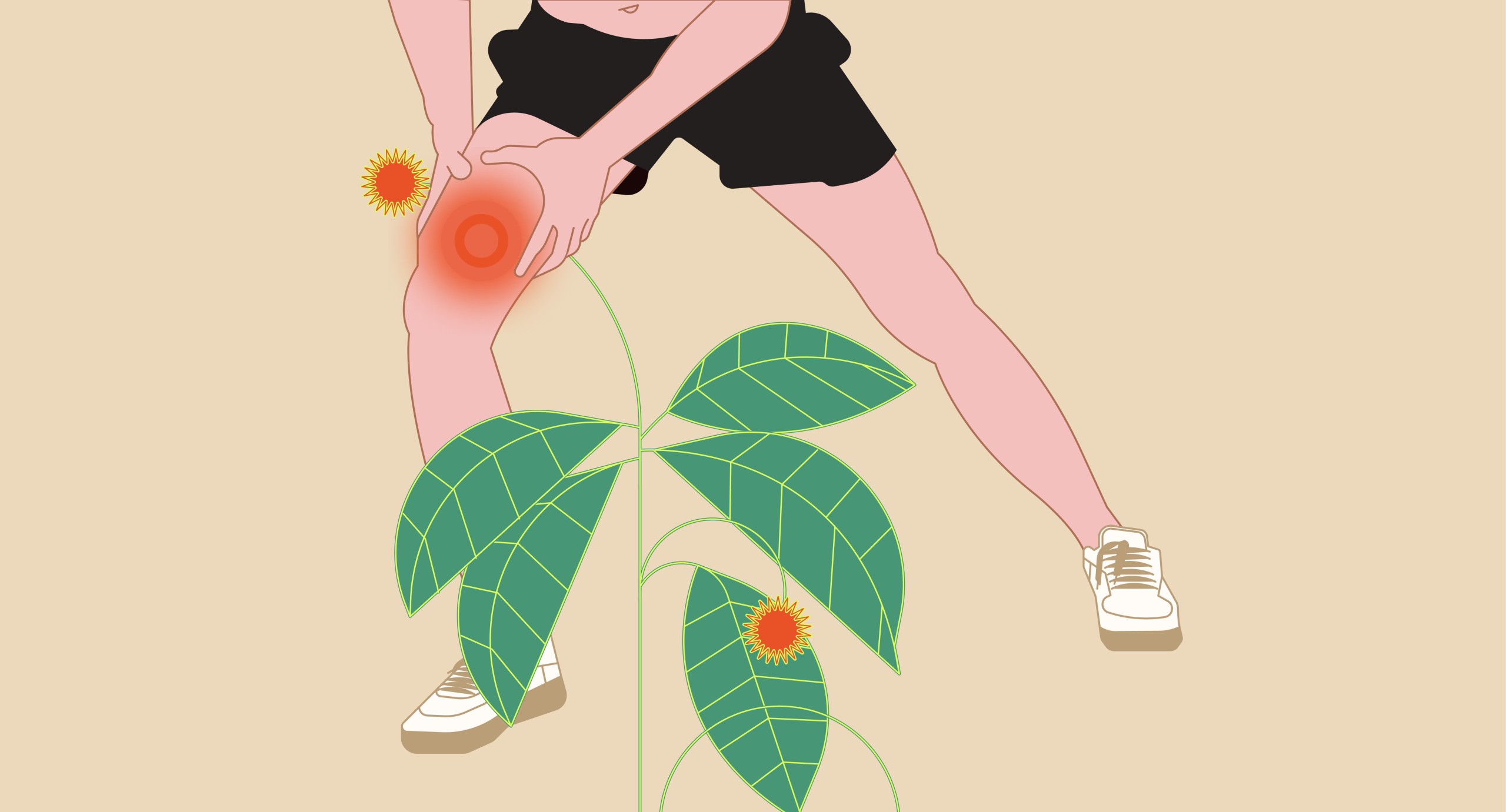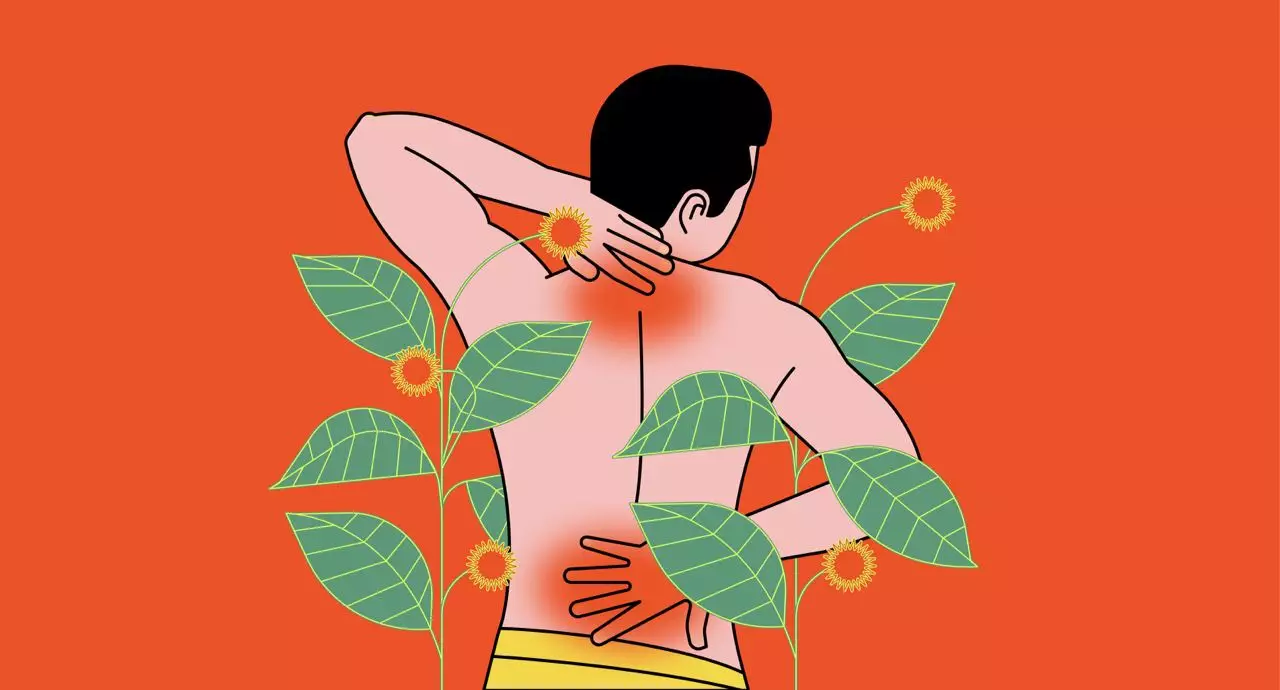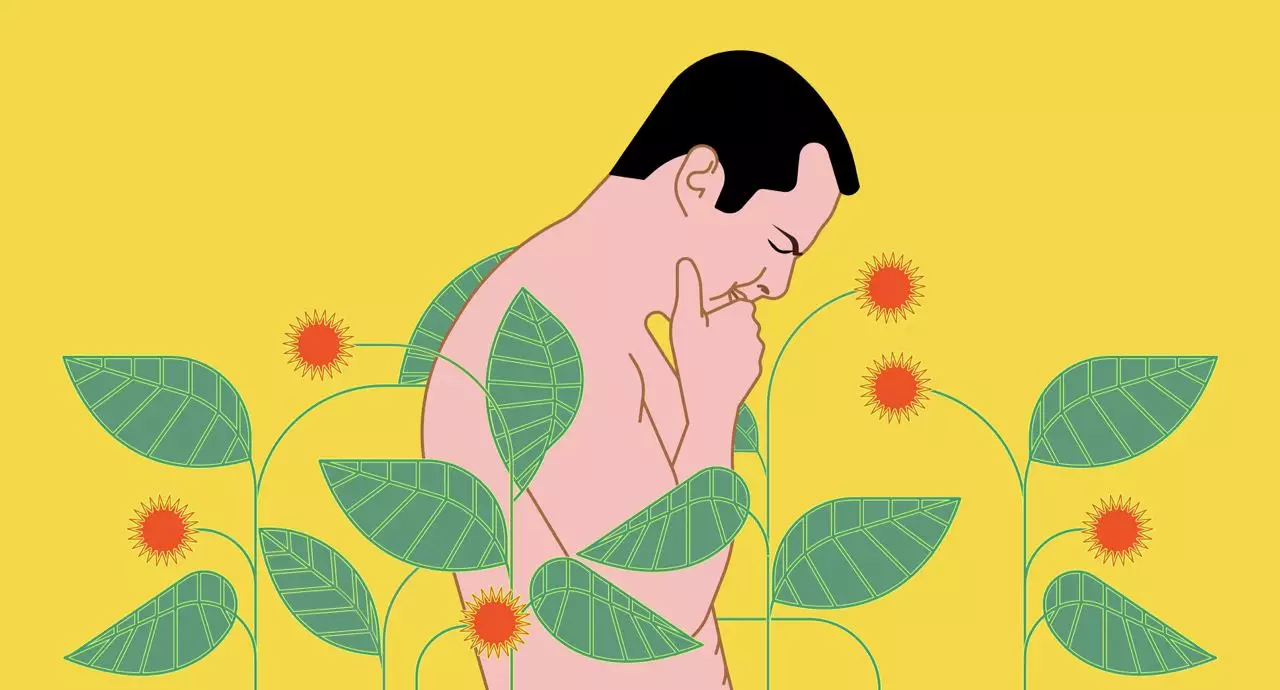Mitragyna speciosa (kratom) receives praise and ridicule from all directions despite helping many people deal with problems related to pain, energy, and alcohol or opioid withdrawal. Some of the reasons people find concern in kratom have an element of truth to them but are mostly unwarranted.
In this article, we’ll go through the different reasons people are skeptical about it, including:
- Concerns of Toxicity — While chronically understudied, kratom has the potential for cardiovascular effects and unpleasant side effects.
- Lack of Regulation — Since kratom is technically a “dietary supplement,” it doesn’t have to jump through nearly as many regulatory hoops. As a result, there have been genuine concerns about contamination and lack of quality control.
- Disinformation — By pure virtue of acting on the opioid receptors in the body, kratom gets lumped in with harsher opiates.
- The Stigma of Substance — People don’t like substances unless they’re socially acceptable (nicotine, caffeine, alcohol, or prescription drugs are all drugs we’re “allowed” to like).
- Recreational Potential of Kratom — This dislike of certain drugs goes double when there’s a possibility of enjoying them.
After this, we’ll cover the controversy surrounding kratom, along with how other countries view it. Finally, we’ll talk about whether or not there’s hope for America to accept the plant we love so much.
Let’s break down the reasons people take issue with kratom and see if we can find any good points in their arguments:
Why Does Kratom Get a Bad Rap?
Substances of all varieties have to overcome stigma and undue criticism (especially when they have a potential for euphoria), and kratom is no different. Many other concerns surrounding kratom are a direct result of or made far worse by this factor.
Kratom isn’t a regulated product, for example, because the government hasn’t acknowledged or researched any medical potential, and it’s only available as a “dietary supplement.”
Disinformation, uncertainty, and concerns over toxicity also flow from this — but within most of these is an element of truth worthy of our consideration.
Let’s break each of these down and look at the available research to evaluate whether there is merit to the fear placed on kratom:
Potential Harms & Side Effects of Kratom
Some people love to claim kratom is dangerous, and while this is somewhat of an exaggeration, there are things to be aware of.
1. Addiction
Kratom can have some very real and potentially unpleasant effects, along with a potential for dependence — though, to be fair, every substance can be addictive.
Its interaction with the opioid receptors has led many to falsely equate it with substances like heroin. The truth is kratom is an atypical opioid, meaning its addictive qualities are lower than those of most other drugs, and there’s very little chance of it causing an overdose.

2. Long-Term Effects
In addition to its addictive potential, we know very little about kratom’s long-term effects. The lack of kratom research is largely a result of stigmatization and how cheap kratom would be as a potential solution compared with more expensive prescription medications.
When successful results aren’t likely to lead to big profits, it’s hard to find funding for research.
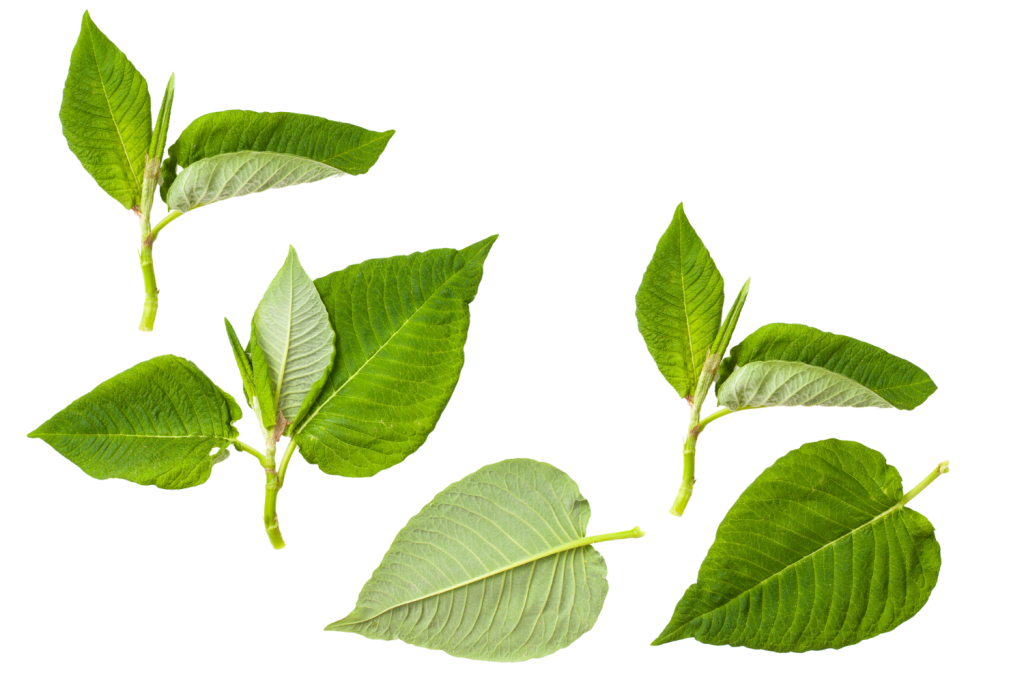
Still, not knowing what harm could be hiding in the plant or fully understanding its mechanisms of action is a fair reason to exercise caution. Though cultures have used kratom safely for decades, we still know very little about it.
For example, one common theory is that kratom might cause liver damage, though there’s no definite connection, and it seems reversible.
One study on stem cells suggests mitragynine could cause cardiovascular problems [1]. This is an introductory study on the topic without much following up on it, but it’s worth consideration regardless.
3. Side Effects
Unpleasant but common side effects can also cause some to second-guess kratom’s efficacy. Similar to someone having a bad experience with cannabis and assuming nobody enjoys it, kratom affects people in different ways.
Problems like dizziness, elevated heart rate, itchy sensations, nausea, and diarrhea can turn people off from kratom. Sometimes, those people then feel it’s their job to stop others as well, regardless of whether their experience differs.

4. Drug Interactions
Kratom can cause dangerous interactions when combined with certain drugs and medications. Complications arise when people use kratom without seeking a doctor’s advice or fully understanding how it works. Deaths involving kratom make the news, and it often becomes the “bad guy” when the problem really is user error or irresponsible behavior (more on this below).
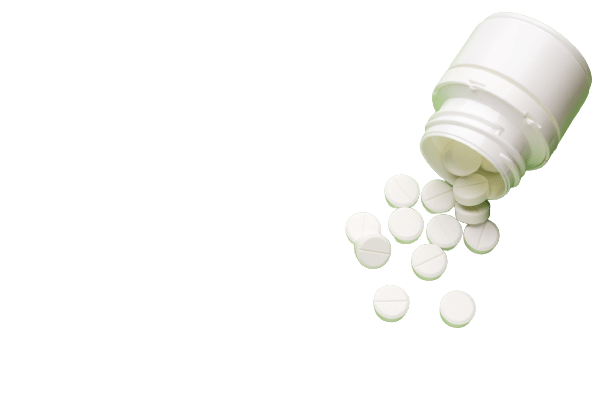
This is why it’s crucial to know how to use kratom safely. Read up on how to find your proper dose, what drugs kratom interacts with, and where to buy it from.
Unregulated Kratom Manufacturing Processes
Since kratom is technically a “dietary supplement,” very few regulations exist on its manufacturing, production, and sale. As a result, the market is overrun with substandard and occasionally even contaminated products.
One study found a large number of kratom products contained a dangerous amount of lead [2]. The authors of the study state they stand by the need to research the therapeutic properties of kratom, but they feel “the large number of poorly-regulated kratom products” leads to this “troubling” report.
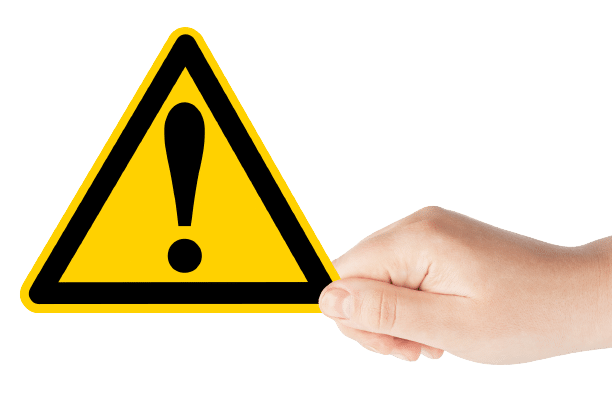
Another study confirmed a link between kratom and an outbreak of Salmonella — a potentially serious infection — in 2017–18 [3]. This, again, is a fear with merit. However, like the concerns around our lack of understanding, this problem takes root in the stigma and lack of scientific interest in kratom.
Until research can prove the efficacy of kratom, they cannot start making medical claims about it. Further, research will not begin in earnest until the anecdotal claims receive serious consideration from the scientific community.
We have made progress, however. Some states have implemented regulations regarding kratom, and the American Kratom Association (AKA) certifies vendors that meet their stringent criteria. Many manufacturers take their role seriously and put extra effort into ensuring product quality and potency. However, this risk will persist without the requirement for all kratom companies.
Disinformation & Uncertainty Around Kratom
Myths and misinformation regarding kratom are rampant.
In 2019, media outlets across the nation reported on a recent CDC report stating 91 cases were “kratom-involved” deaths between July 2016–December 2017 [4]. Missing from many of the headlines is how most of these cases came from the co-use of kratom with other drugs.
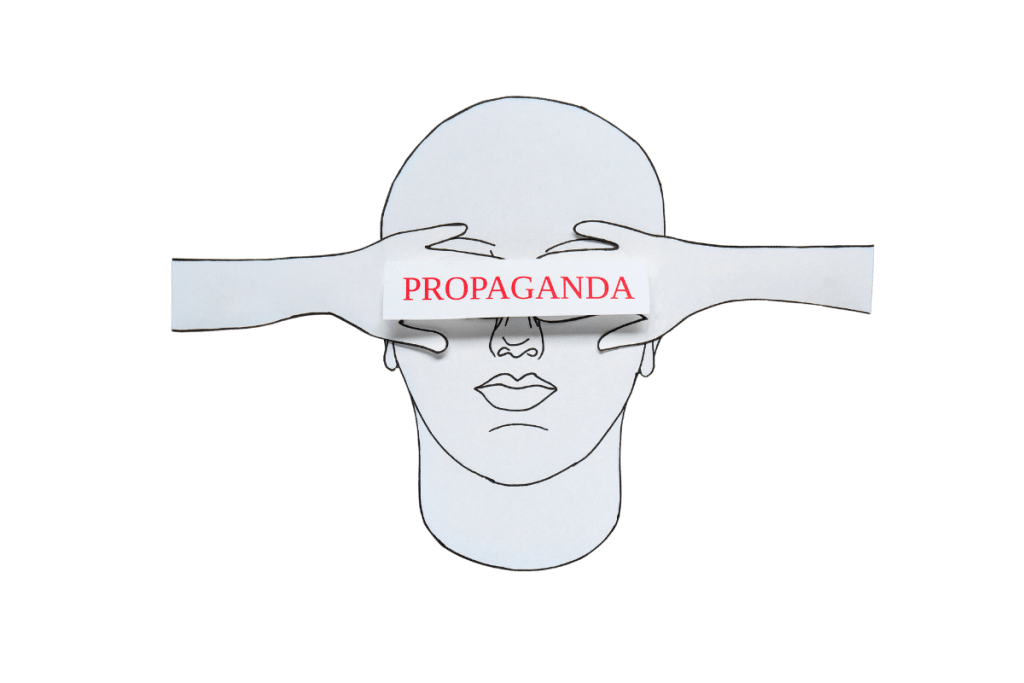
“Kratom-involved” doesn’t necessarily mean kratom is the drug responsible for killing a person; it may have been present or potentiated the other drug(s) in a person’s system.
When the media focuses on intrigue and hype instead of factual reporting, it hurts the image of kratom and contributes to the culture of misinformation.
In this study, the CDC concludes that “it is possible to ascertain that kratom was present primarily in deaths that occurred as a result of overdoses related to substance misuse and that kratom was most often detected in combination with multiple other substances.”
Why, then, did they spend the entire report detailing deaths from kratom before mentioning this? If kratom was likely not the issue in these deaths, sensationalistic storytelling is the true motivation for the report.
Still, despite the exaggeration, there is some merit for concern in this. Kratom does interact with several systems and functions within the body.
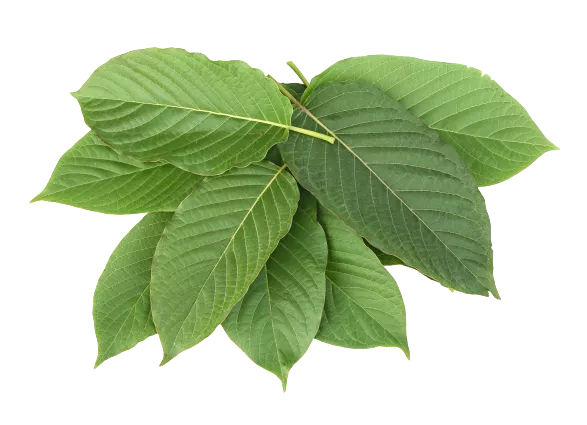
As such, it can turn normally-safe substances — or safer quantities of dangerous ones — deadly. In these cases, kratom doesn’t typically become dangerous but, instead, makes other drugs more dangerous.
As we mentioned previously, death from kratom alone is not likely, but “kratom-involved” deaths are definitely worth taking seriously. Make sure you aren’t mixing your kratom with any medications it can interact with.
The Stigma of Substances
Using substances to alter our consciousness is one of the most ancient acts of humanity, and the government restricting this is relatively new. Especially given kratom’s interaction with opioid receptors, it faces intense scrutiny based on emotion — not fact.
Opioid medication was heavily over-prescribed throughout the country for years before the government flipped it entirely and heavily restricted access, leaving many without the medication they had become reliant upon. Whether their dependence was due to physical pain or an addiction to opioids is irrelevant, as both were left in the cold.

Many of these people had to search for more dangerous alternatives to the prescriptions they were receiving. As a result, we have our current crises of overdose and drug contamination from unsafe sources.
Instead of recognizing their role in this problem, society has set out to increase the stigma and shame associated with opioid use in an ill-guided attempt to deter users. This equates to fighting the ignorance of failed medical practices with more ignorance surrounding drug use and education.
By simply acting on the same network of receptors as drugs like heroin, kratom is “guilty by association.” Paradoxically, many stop using opioids through kratom or fight the dangerous withdrawal symptoms of opioids [5].
Kratom is a huge ally in fighting the war on overdoses and drug contamination, but it’s also often the enemy of those who wage war on the people who use drugs.
The Recreational Potential of Kratom
People don’t seem to like fun substances. While kratom is primarily used as a tool for mediating pain, anxiety, or opioid withdrawal, some use it recreationally.
Again, this likely represents a minor part of the equation, but it still matters that society views it this way.
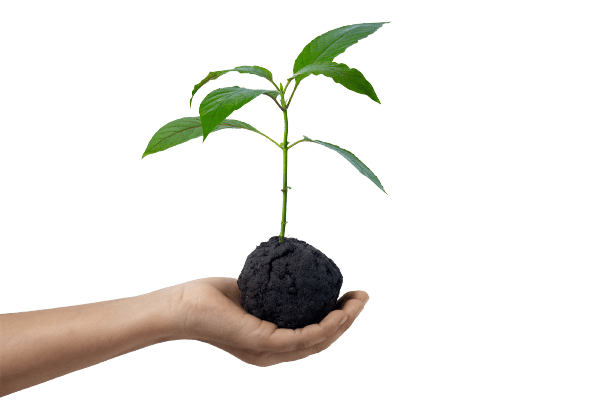
While recreational use shouldn’t be a problem — we’re okay with alcohol and nicotine (or are we claiming cigars aren’t recreational?) — this aspect affects public perceptions.
In many minds, a substance transcends from tool to drug when there’s a potential to have fun and enjoy it. Alcohol doesn’t receive the same attention, despite being many times more dangerous than kratom.
Still, with kratom existing outside of the clear lines of acceptability in society, this element alone is enough to demonize it. Who among us has not seen someone take a sip of coffee or a drag on their cigarette and say something like, “I think it’s a problem that you need a substance to feel ‘normal”?

This double standard contributes greatly to the stigma of kratom and keeps people from seeking a safer alternative to the more dangerous options. Focusing on this says nothing about the potential of using kratom in place of harsher drugs — but reason shouldn’t matter when dealing with personal autonomy.
Why do we feel we can dictate the reasons to use kratom but not the other substances we’ve decided are acceptable?
Is the Controversy Surrounding Kratom Warranted?
By and large, the controversial conversations surrounding kratom don’t have merit. Many concerns regarding kratom have truth at face value but quickly dissolve upon investigation.
For instance, regulation is a huge concern for kratom, but its absence directly results from inaction on the part of researchers and regulators — it isn’t a fault of the plant. And users do just fine without regulations when they take a little time to find a reputable vendor. Personal responsibility can take you far. We don’t need more laws to “protect” us.
If we take the plant seriously and study it, we would likely put an end to all or most of the fears.
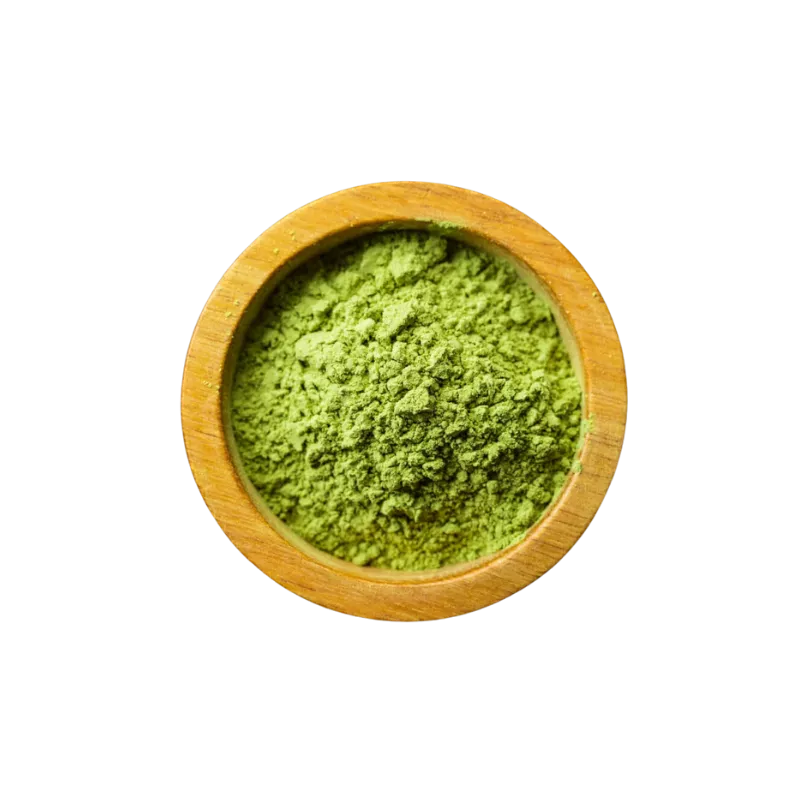
Any drug (other than the ones we approve of, like caffeine, alcohol, and nicotine) has undue controversy surrounding it. Even if kratom did just help people relax after a long day of work, how does this differ from how we typically use alcohol?
Within American society, the substances we deem harmful are often arbitrarily chosen.
Somewhere along the line, we’ve decided which substances are everyday tools and which are “drugs.” Kratom’s capability for euphoria is apparently enough to blacklist it as a drug, even though it often helps people stop or wean off the “hard drugs” society hates the most.
How Do Other Countries View Kratom?
Throughout Southeast Asia — where kratom is native — use of this plant goes back many years. Deep history of its use can be found in Malaysia, Thailand, Taiwan, and many other countries.
Thailand, for example, has been using kratom “for millennia (a) as a stimulant; (b) as a remedy in traditional medicine; and (c) in social context [6].” Today, many of these countries have turned on the plant and either heavily restricted or outright banned it.
It’s currently illegal in Malaysia, but its use is still widespread due to the availability of the plant growing in the country. For the most part, this use is accepted, with the law feeling more ceremonial than anything else [7].

While there don’t appear to be any studies linking the prevalence of kratom use and its acceptance in Malaysian culture with a lower rate of drug use, the correlation seems obvious.
A recent study found drug use among youth “had increased” and was raising a call for alarm. However, it had only increased to the following rate of drug use in Malaysian youth by substance:
- Kratom — 2.8%
- Cannabis — 2.5%
- Stimulants (including all amphetamines) — 2% [8]

By contrast, 10% of American youth try marijuana, with opioids (1.6%), prescription pain medication (1.6%), and prescription stimulants (1.2%) being the next highest categories [9].
It seems unlikely that kratom’s prevalence doesn’t affect youth drug-seeking habits. Especially considering opioids and prescription pain medication formed two of the top three categories while only coming in #7 in Malaysia.
A natural source of euphoria located outside your window is far easier to obtain than a prescription opiate or other harsher drugs. If that source is also less addictive or harmful, this bonus makes it very enticing.
Is There Hope for Kratom In America?
I think there is. After all, the attempt to criminalize kratom was one of the only times we have ever succeeded in making the DEA back down.
Floods of public comments in favor of keeping kratom legal forced the agency to backtrack and end the discussion — at least temporarily. The DEA usually tries to sneak these changes through without people noticing, but the kratom community noticed, took issue, and ultimately stopped the action.

There’s no shortage of problems to overcome or questions to answer about kratom before we can adequately say what kratom is good for, but one thing remains clear: it has a place in America.
What we do with its place here is ultimately up to us.
Politicians will argue that kratom gives a legal option for opiate-dependent citizens to achieve the effects they’re looking for on both sides. On the conservative side of the aisle, they seem to consider this a problem as it’s a source of euphoria.
The other side recognizes the strength behind this statement, however.
If people can seek a safer alternative to the substances they’ve become dependent on, this is inherently good.
We’re starting to see this, but kratom still has a stigmatized existence to work through, and it’ll take success stories to continue moving the needle.
Misconceptions are built on foundations of sand, and it only takes one or two stories from real benefactors to send the whole argument tumbling down.
- J, L., H, W., J, W., Mf, J., Ml, T., Mi, A., P, W., & W, S. (2014). Evaluation of the cardiotoxicity of mitragynine and its analogues using human induced pluripotent stem cell-derived cardiomyocytes. PloS One, 9(12).
- Prozialeck, W., Fowler, A., & Edwards, J. (2022). Public Health Implications and Possible Sources of Lead (Pb) as a Contaminant of Poorly Regulated Kratom Products in the United States. Toxics, 10(7), 398.
- Schwensohn, C., Nsubuga, J., Cronquist, L., Jose, G., Mastel, L., McCullough, L., Smith, L., Powell, M., Booth, H., Allen, K., Classon, A., & Gieraltowski, L. (2022). A Multiple-Serotype Outbreak of Salmonella Infections Linked to Kratom, United States, 2017-2018. Foodborne Pathogens and Disease, 19(9), 648–653.
- Olsen, E. O., O’Donnell, J., Mattson, C. L., Schier, J. G., & Wilson, N. (2019). Notes from the Field: Unintentional Drug Overdose Deaths with Kratom Detected — 27 States, July 2016–December 2017. Morbidity and Mortality Weekly Report, 68(14), 326–327.
- Boyer, E. W., Babu, K. M., Adkins, J. E., McCurdy, C. R., & Halpern, J. H. (2008). Self-treatment of opioid withdrawal using kratom (Mitragynia speciosa korth). Addiction (Abingdon, England), 103(6), 1048–1050.
- Cinosi, E., Martinotti, G., Simonato, P., Singh, D., Demetrovics, Z., Roman-Urrestarazu, A., Bersani, F. S., Vicknasingam, B., Piazzon, G., Li, J.-H., Yu, W.-J., Kapitány-Fövény, M., Farkas, J., Di Giannantonio, M., & Corazza, O. (2015). Following “The Roots” of Kratom (Mitragyna speciosa): The Evolution of an Enhancer from a Traditional Use to Increase Work and Productivity in Southeast Asia to a Recreational Psychoactive Drug in Western Countries. BioMed Research International, 2015, 968786.
- Veltri, C., & Grundmann, O. (2019). Current perspectives on the impact of Kratom use. Substance Abuse and Rehabilitation, 10, 23–31.
- Ismail, R., Abdul Manaf, M. R., Hassan, M. R., Mohammed Nawi, A., Ibrahim, N., Lyndon, N., Amit, N., Zakaria, E., Abd Razak, M. A., Zaiedy Nor, N. I., Shukor, M. S., & Kamarubahrin, A. F. (2022). Prevalence of Drug and Substance Use among Malaysian Youth: A Nationwide Survey. International Journal of Environmental Research and Public Health, 19(8), 4684.
- NCDAS: Substance Abuse and Addiction Statistics [2023]. (n.d.). NCDAS. Retrieved June 18, 2023

